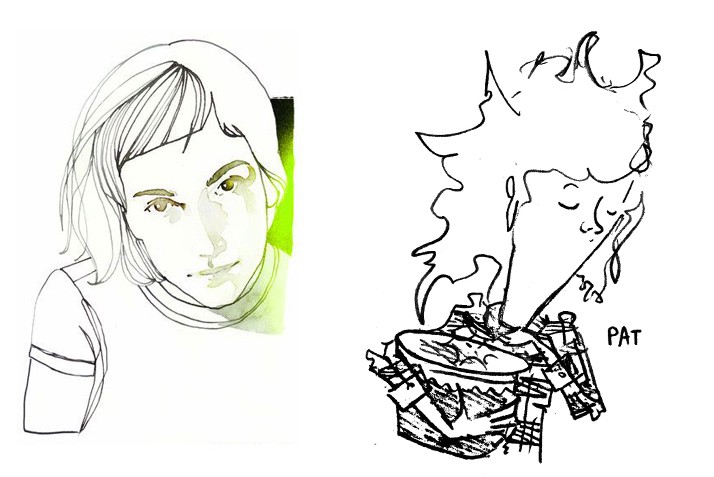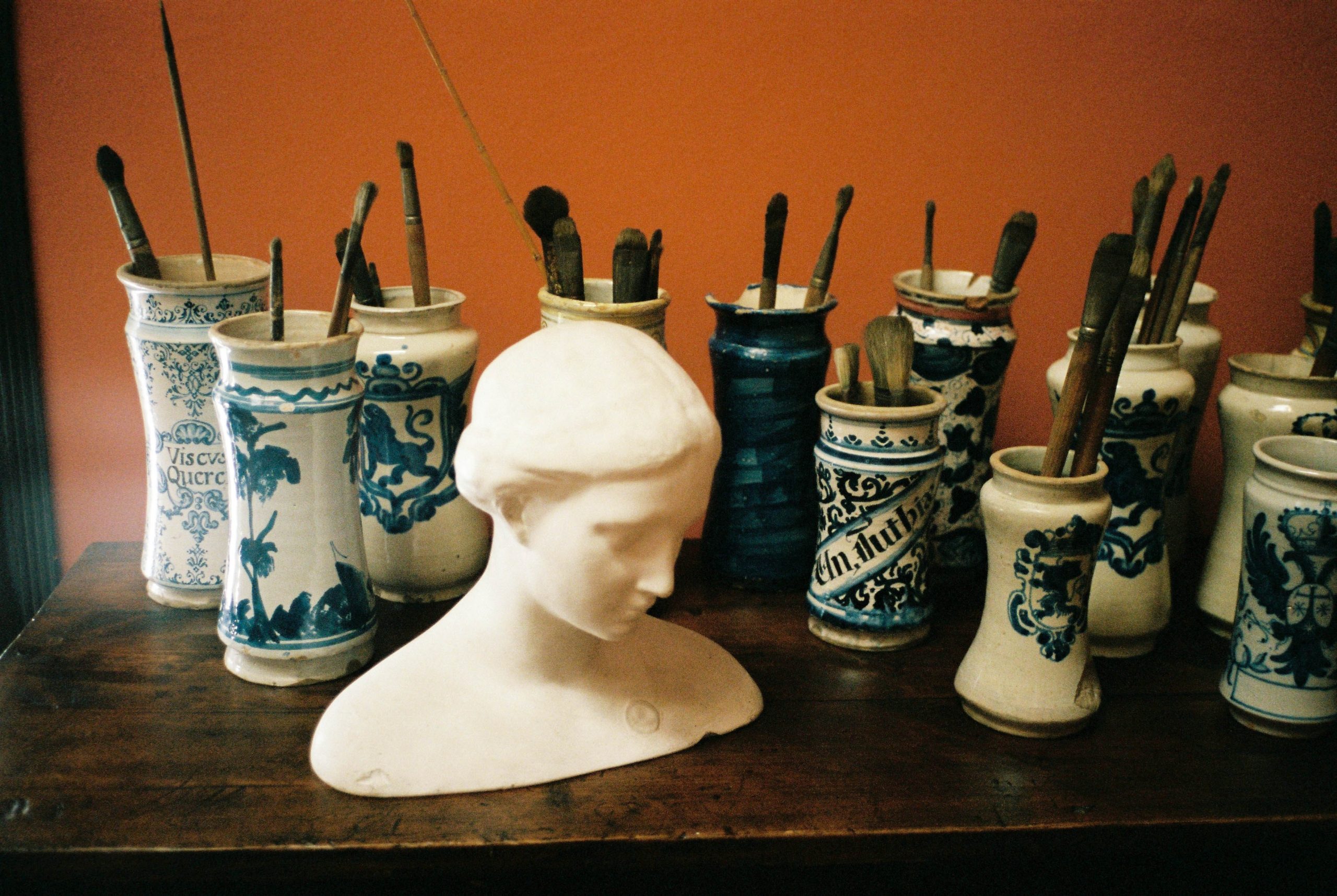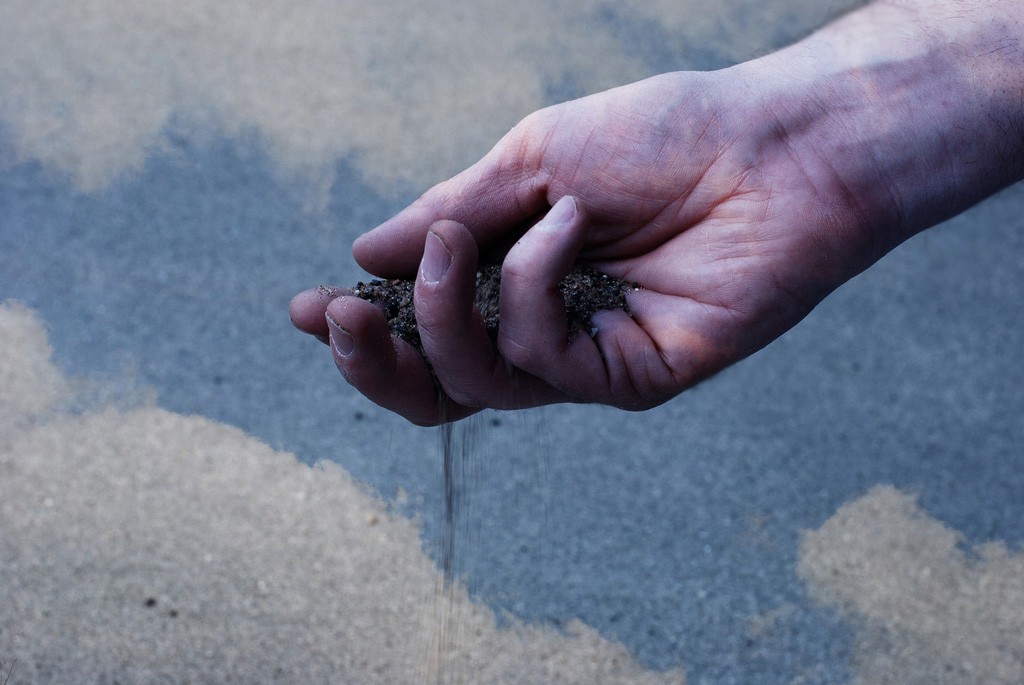Craft
“I’m Her Frankenstein Monster”: An Interview with Sheila Heti and Sara Lautman

Read “The Humble Simple Thing,” a collaboration between Sheila Heti and Sara Lautman, in this week’s issue of our weekly fiction magazine, Recommended Reading.
Halimah Marcus: How do you two know each other?
Sara Lautman: I was the TA in a writing class at MICA, in Baltimore. Sheila came to speak as a visiting lecturer — a big lecture, open to students and the public. This was last year.
Sheila Heti: When I gave the talk, there was a small wiggly dog scampering around in the first row. I didn’t give a very good lecture. All I could think about was the dog. When I met Sara the next day, we liked each other immediately. She seemed smart and interesting and serious and I wanted to stay in touch.
SL: I had been reading and loving her books since The Middle Stories, which was published when I was a senior in high school. The day after the lecture, she came and spoke to our class. I asked if I could interview her for — nothing in particular. I was making illustrated essays and wanted to transfer that writing/drawing approach to interviews.
SH: Doing an interview didn’t seem so appealing to me at that moment.
SL: We ended up emailing back and forth about something else I could illustrate. I proposed a cut-up.
SH: I sent her a story that I had written very quickly, and never edited. It was about 1,500 words and called “R. Rose.”
HM: What was your process for collaborating on “The Humble Simple Thing”?
SL: Sheila sent me the story. I read it, went away from it for a day or so, then picked it back up and highlighted the parts I wanted to draw from. I made a word document with only those passages. That was the cut-up. I saw that there were many things to draw in it — many objects: gifts, chicken wings, a duck, Jay-Z. Those were toeholds. They made it easier to begin drawing emotional abstraction, which I ended up treating as kind of a play, with nonspecific silhouetted characters acting in metaphoric situations.
SH: I didn’t do anything.
SL: I drew a big stack of illustrations for the first selections. Then I put those in a sequence and selected some additional language. Then I drew more. That process repeated in littler cycles until I decided to be finished. It was a decision to be finished — there could have been many more pages.
SH: I don’t think I made many or any changes to the piece she ended up showing me. I was amazed and surprised by what she had made, and I thought it was wonderful.
HM: Sara, how did you decide what to cut and what to keep from Sheila’s original text?
SL: I cut a lot of stuff that was great and could have easily been kept. If my initial culling — the first favorites — had been different, the secondary, fill-in selection would have been different. Drawings dictate how the text needs to be edited. I decide how much information needs to be added and how much I can take away. Everything is contingent.
The piece itself — which, as I read it, is about personal standards in one sense, and, if you are making art, outside values placed on your work — felt close to what was on my mind at the time (and is still).
Then, of course, there are all the qualities I love about Sheila’s writing, and I already know them from being her reader — full frontal engagement with feelings, grasping the handles, tenacity mixed with compassion, gameness, trying to really solve problems.
HM: Sheila, how did it feel to be “cut-up” like that, and to see the final result?
SH: I recognize it as pieces of my brain. It still feels like me, like a distillation of what I was feeling at a particular time. But Sara also made new sense out of it. I don’t know Sara very well at all, in terms of sitting down and having coffee with her, or about the facts of her life, but on the other hand, I feel like I know her in a way I don’t know anyone else; to see your thoughts cut up and rearranged and illustrated — I see what of her is in this arrangement, which is not me. I feel like I’m her Frankenstein monster (or my words are) and that from how my words are behaving here, I know something about the Dr. Frankenstein whose hands sculpted it.
HM: Sara, can you talk a bit about your style as an artist, and how you shaped it to respond to Sheila’s words?
SL: I started drawing for “R. Rose” without planning anything. Some images worked, some didn’t, and I used the ones that worked as a guide for what to do next. I didn’t adjust my style in any premeditated way.
One change I remember: There were drawings early on with characters who had pupils on their eyes, and more detailed faces. They were overly characterized. Even though they were very minimal it felt like they were stealing focus.
After this project, and in between drafts, I ended up drawing these duck-headed figures a lot. I have another comic from around that time that’s just duck-heads miming the entire thing.
HM: Sheila, you mentioned you wrote the story that became “The Humble Simple Thing” quickly, without going back to edit it. Is that unusual for you? What is happening with the original story, “R. Rose,” now?
SH: I always write quickly. I didn’t edit this story because I didn’t feel like it would come to anything, even with editing. I gave it to Sara thinking she might be able to make something brand new from it. I imagine this piece will be its only life.
Sheila Heti’s most recent novel is How Should a Person Be? In the spring, McSweeney’s published her play, All Our Happy Days are Stupid. She is the author of five other books of fiction and non-fiction, including — with Heidi Julavits and Leanne Shapton — the New York Times bestseller, Women in Clothes. sheilaheti.net
Sara Lautman’s drawings and cartoons have appeared with The Pitchfork Review, Jezebel, The Awl, The Los Angeles Review of Books and many other places. The tenth collection of her comics, The Ultimate Laugh, will be published by Tinto Press in winter of 2015. Other recent collections, including Macrogroan6 and Lying and Cursing are available at Birdcage Bottom Books. saralautman.com









